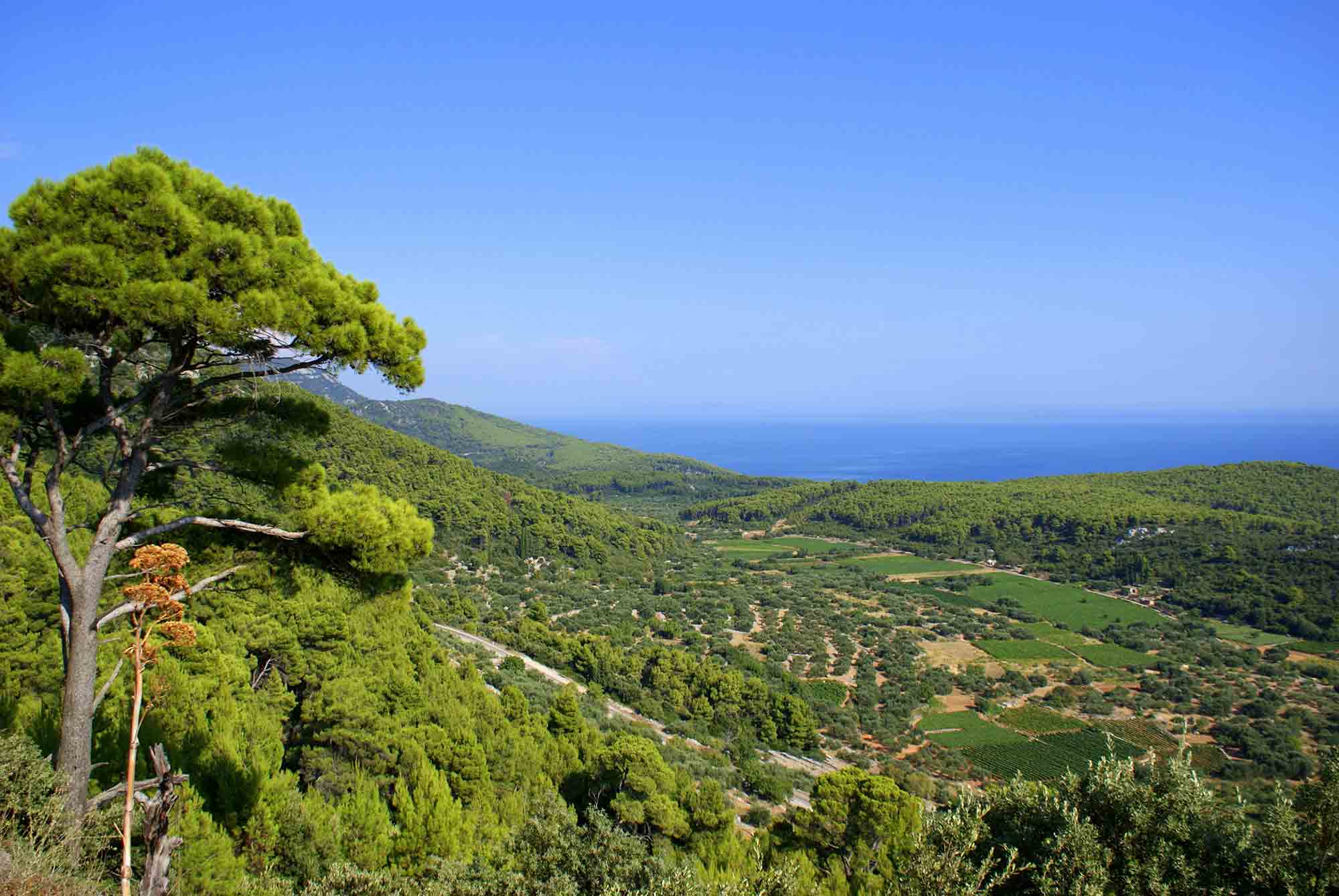Malvasia Istriana: Can you afford to miss out on this Croatian white?
The name Malvasia brings up images of something divine and otherworldly, fit for the gods of Olympus themselves. This may explain why it is such a popular name for grapevines across the Mediterranean.
But today, Malvazija, especially the one with the addition of Istriana, is a brand. Not only a brand but a variety that very quickly became synonymous with Istria.
The origin and the history of Malvasia
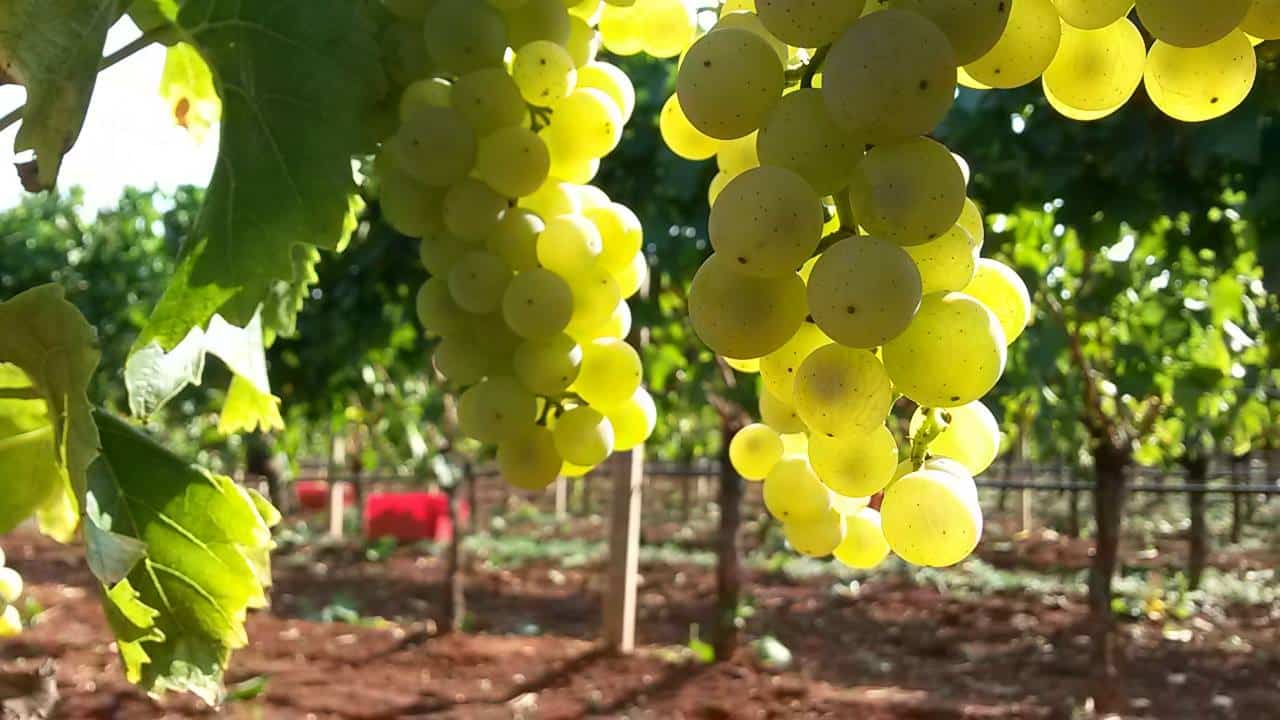
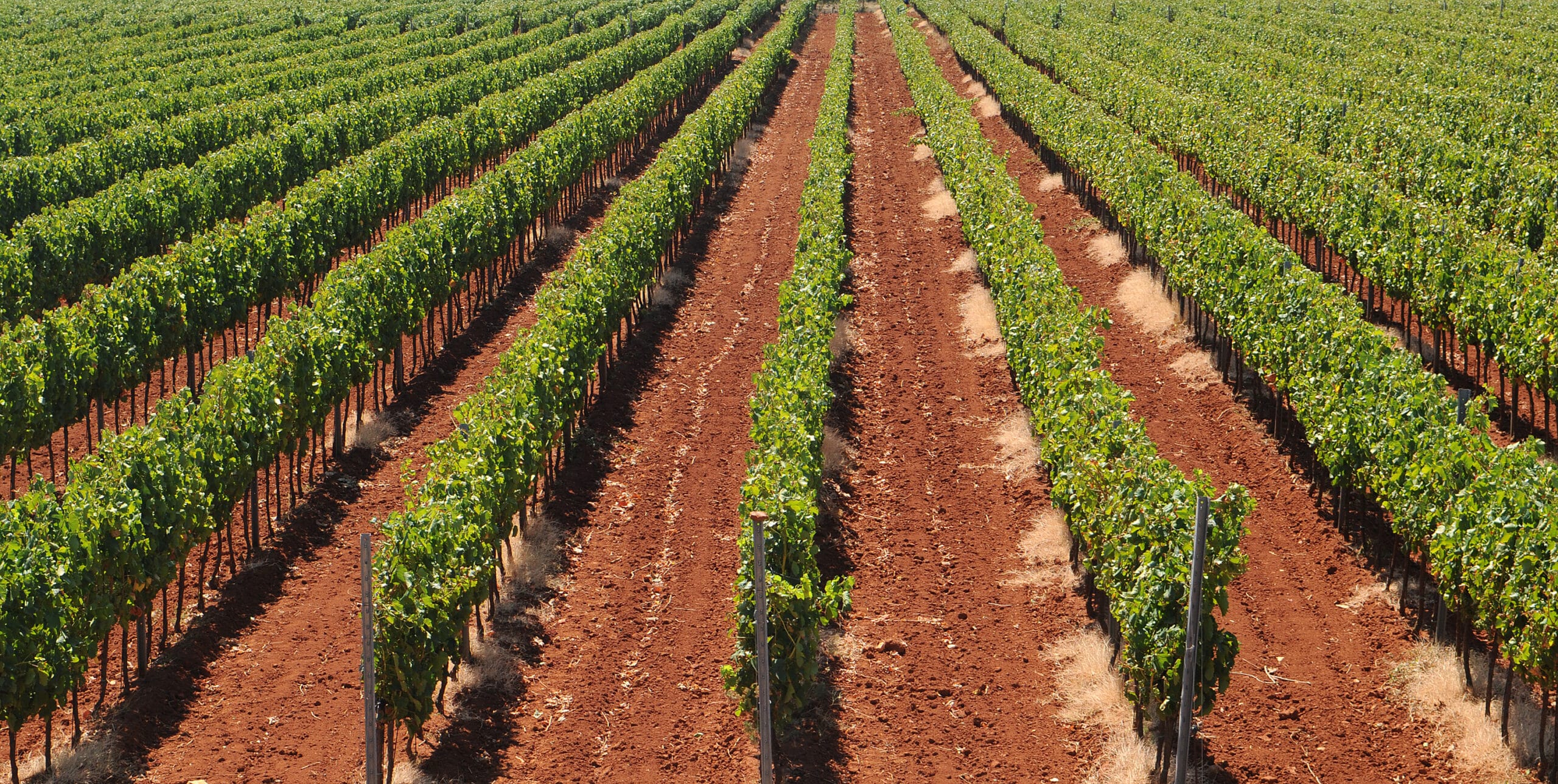
Malvasia is the star white native Istrian variety and the second (after Graševina) most widely planted grape in Croatia. Every Istrian winemaker makes at least one Malvasia label. And although many appear similar in style, each Malvasia shows a different face.
It turns out that Istrian Malvasia is distinct and unique compared to the numerous other varieties of Malvasia found across the Mediterranean and beyond. Despite sharing a similar name, these varieties are not related to one another and have only been historically referred to as – Malvasia.
The advent of DNA sequencing has allowed us to distinguish them all. Thanks to DNA confirmation, Malvasia Istriana is considered an authentic Istrian variety.
Despite being present in Istrian vineyards for centuries, the revival of Malvasia came in early 1990, with increasing quantity and quality production.
From then on, small, family-owned winemakers advanced in producing outstanding white and red wines, thus establishing Istria as a recognizable wine region often praised by wine experts.
Look at our Croatian wine map to learn more about varieties grown in Istria and Kvarner wine region.
Picture 1. Croatian wine map
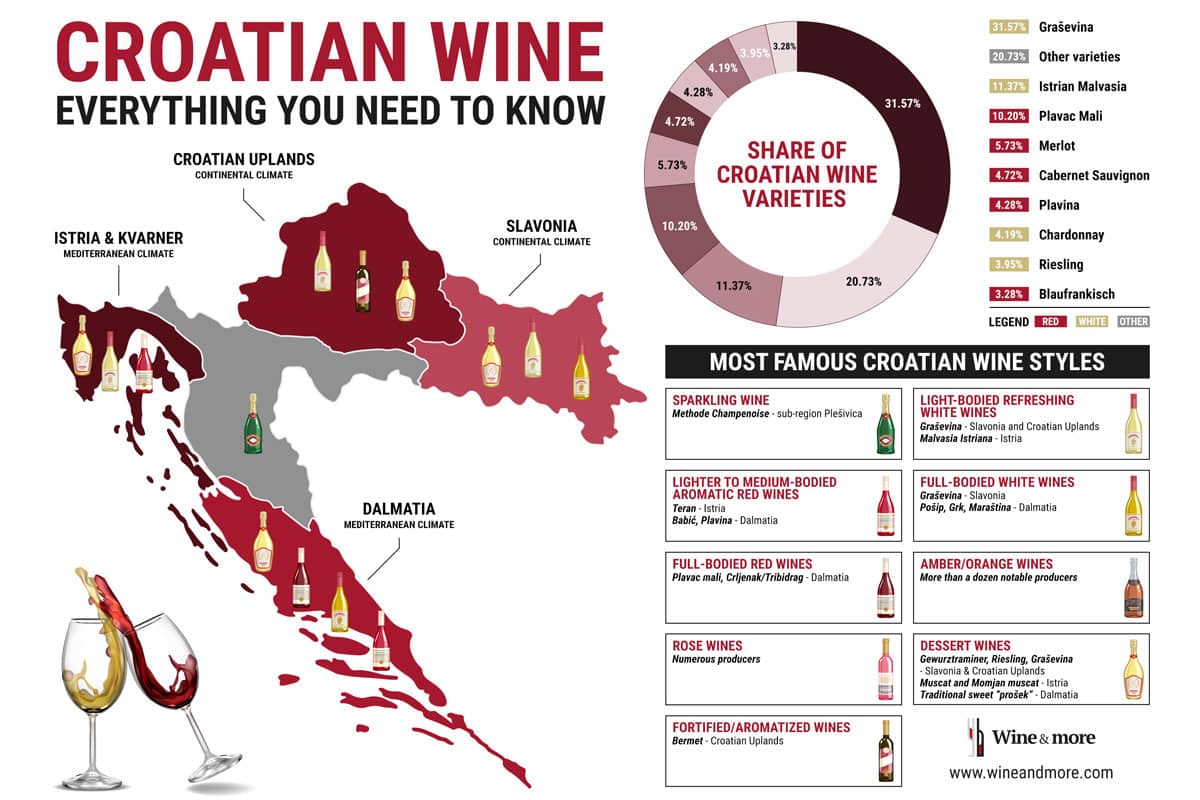
The climate of Istria is of the Mediterranean type, but the Alps significantly impact it. The latter brings in the cold evening air, enabling the even ripening period and maintaining acidity levels. During the day, sea breezes from the Adriatic provide cool, dry conditions in the vineyards, keeping diseases at bay. However, warm and dry summers pose a significant challenge as drought becomes a primary concern in the region.
In terms of terroir and soil, Croatian Istria is divided into:
- red soil or terra rossa,
- grey soil or terra grigia,
- white soil or terra bianca,
- and black soil or terra nera.
The characteristics of terra rosa are terracotta-colored soil, rich in iron, called “crljenica”. This soil is found closer to the sea and is mainly reserved for growing red varieties. However, white varieties are also grown on this soil, resulting in full-bodied and structured wines with pronounced minerality. Recommended wine from terra rossa is Coronica Gran Malvasia.
Terra grigia soil is found in the central part of the peninsula and has flysch soil (sedimentary rock with grey clay rich in limestone) more suitable for white varieties. Wines from these soils tend to be fruity with an intense aroma of acacia flowers, a balanced body, and a pleasant aftertaste. Recommended wine from terra grigia is Franc Arman Malvasia.
Terra bianca resembles grigia but has more rocky soil with even higher limestone content. This soil is found mainly inland on higher ground. Wines from these soils tend to be higher in acidity and more aromatic, with pronounced floral scents and citrus notes. Recommended wine from terra bianca is Franković Malvasia Istriana.
Terra nera is mostly black soil on a marl substrate, where wines tend to be the most elegant and structured, maintaining continuity in all vintages. Recommended wine from tera nera is Cattunar 4 terre Malvasia Terra nera.
What kind of wine is Malvasia?
Malvasia is a variety that ripens later and maintains its freshness well. It is a very versatile grape. Generally, it gives fresh, mineral, and fruity wines. Winemakers use it for both still and sparkling wines. Malvazija is also a grape variety that loves maceration and, if adequately vinified, has good aging potential and produces richer, more structured wines.
The wine’s taste profile is reminiscent of acacia flowers, with dominant fruit aromas of apple, peach, and apricot. In aged wines, a slightly bitter almond taste may also be detected.
For years, it was considered that Malvasia wines are produced to last for one summer only as the audience still prefers to enjoy the freshness of Malvasia as young as possible.
However, the time has shown that good wine is simply a good wine, and a good Malvasia in a good vintage can age in the bottle, acquire further balance, and deepen its aromatic profile.
Most renowned winemakers today grow Malvasia. In addition to the fresh ones, some exceptional vintages prove to be aged Malvasia wines, usually in the higher price range than the affordable young Malvasia wines. Understandably so! Some aged Malvasias are sure to become cult Croatian wines. Some already are.
They are made from a selection of grapes from a single-vineyard micro-location or rich Istrian terroir and aged in wooden barrels. Some winemakers also age the wine in Georgian qvevri, and amphorae. When macerated and aged in amphorae, this variety produces compelling orange (or amber) wines with intense flavor, juicy mouthfeel, and a long finish.
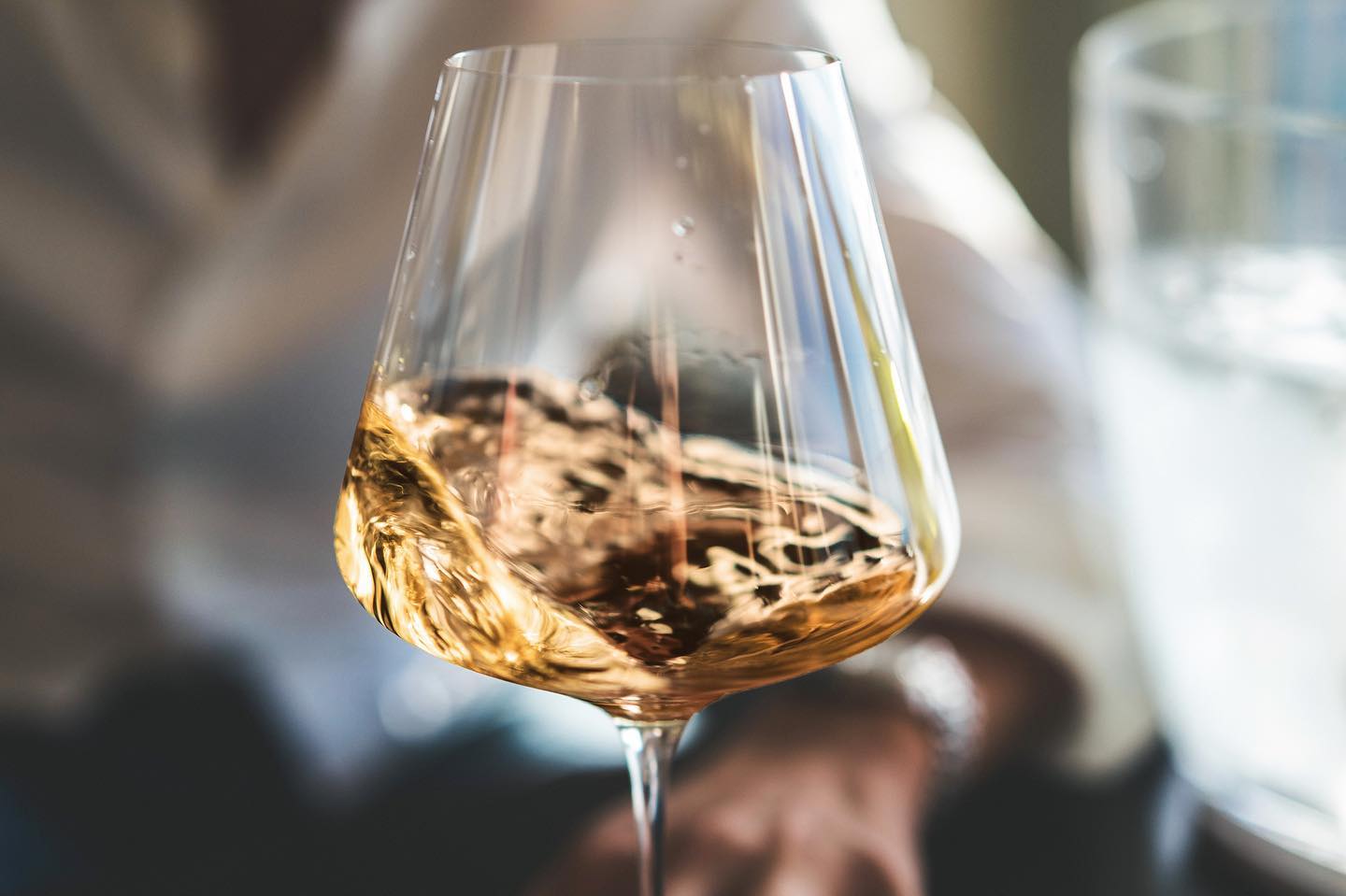
Orange wines, becoming increasingly sought-after, are exciting and energized, as some would dare to think. On the contrary, they’ve become this variety’s longest-living and most exciting wines.
As a wine, Malvazija Istriana holds a significant national market share in consumption. Usually, the first bottling of Malvazija wine is released on the market around Easter time, and practice shows that most of it is drunk until Christmas.
Through tasting an impressive range of different Malvasia styles, renowned Steven Spurrier concluded:
“If we compare it to Pinot Noir, Sauvignon Blanc, or, for example, Riesling, the greatness of Malvasia, apart from the different stylistics we saw, is manifested in its good platform for the expression of the terroir. We tasted wines from different locations in Istria, aged one year to 12 years, giving completely different sensations. The richness of taste is exactly what the world is looking for today. Malvasia is a very modern, but also an extremely complex variety”
Steven Spurrier was remembered as the initiator of the Judgment of Paris, a wine event from 1976 where American wines won the undisputed French ones for the first time. A story connected to Mike Grgich, the adored Napa valley winemaker whose Chardonnay won the contest, and owner of Grgić winery on Pelješac. Also, one of the most important initiators of genetic research which confirmed Zinfandel’s Croatian origins.
What does Malvasia wine taste like?
Malvasia wines exhibit a broad range of styles, with ripeness and skin contact influencing their distinctive profile. Typically, it offers flavors reminiscent of orchard fruits such as apple and stone, coupled with delicate hints of apricot and peach, and often described with notes of straw and white florals. With aging, these wines can develop a honeyed and nutty character, particularly when harvested at the riper stage. Additionally, the wines may leave a slightly bitter, almond-like finish, especially if macerated and aged for longer.
The potential of the Malvazija grape has grown and reached worldwide acclaim, as Istrian winemakers win an incredible number of international awards and recognitions each year!
Malvasia food pairing recommendations
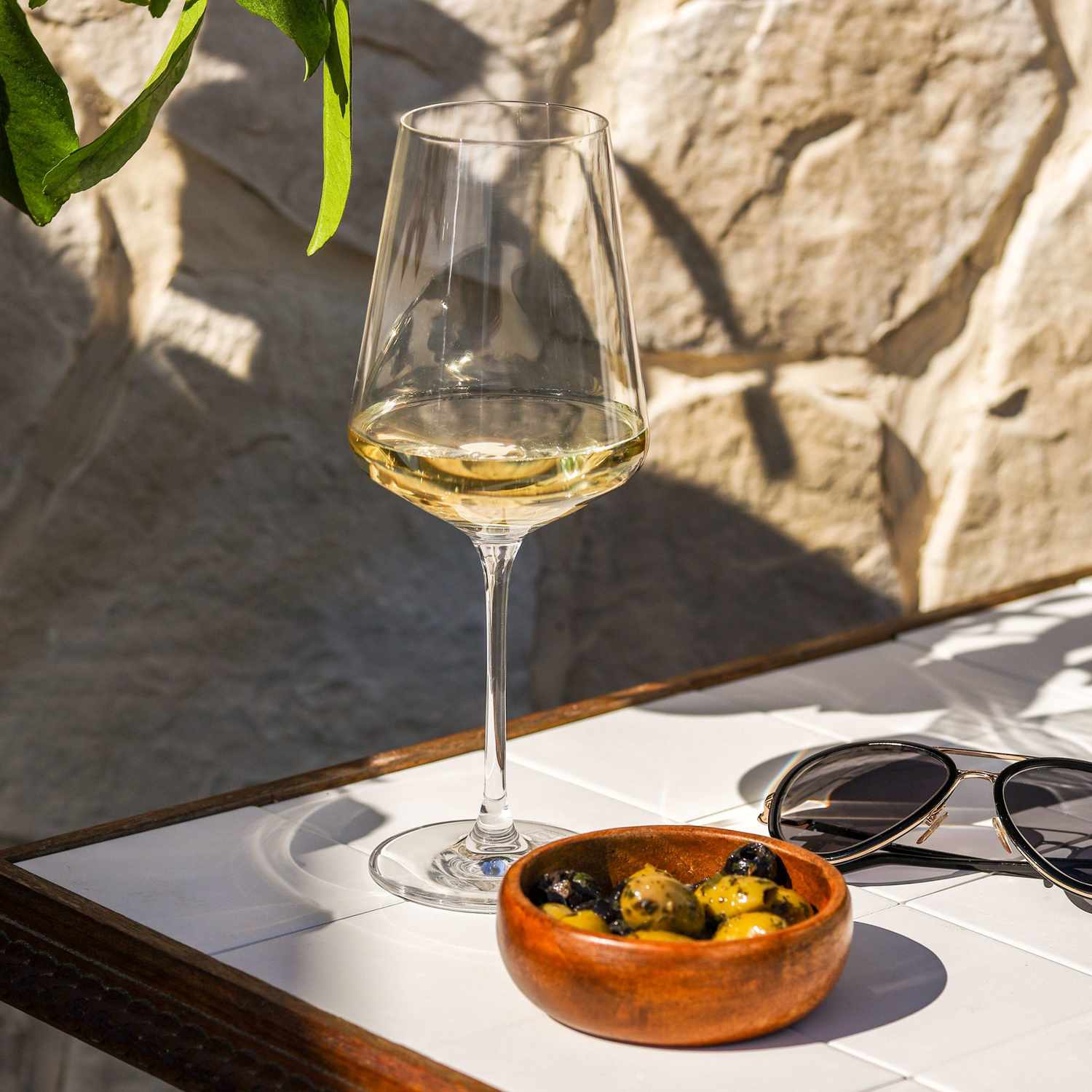
These wines are truly food-friendly! When it comes to fresh and dry Malvazija wines, they make excellent aperitif wines and are an ideal match for summer dishes such as grilled fish fillets, oysters, risottos, and pasta. Furthermore, acacia-aged wines with less pronounced vanilla and toasty flavors are often paired with local fuži, a traditional Istrian pasta dish.
Notable Malvasia producers
If you are a wine lover passionate about exploring different styles of wine, then Malvasia should be on your list of must-try wines. These aged wines are known for their versatility, and unique characteristics, making them stand out from other varietals.
To fully experience the diverse range of Malvasias available, it is highly recommended that you try those produced by different wineries. Each winery has its unique approach to winemaking, resulting in distinct flavors, aromas, and textures in their Malvasias. By sampling Malvasias from multiple wineries, you can understand this varietal’s intricacies and subtleties and discover your preferences within its vast range of styles. So, whether you are a wine connoisseur or a curious beginner, here are winemakers whose Malvasia wines range from fresh to aged and macerated.
- Coronica,
- Benvenuti,
- Matošević,
- Kozlović,
- Kabola,
- Clai,
- Piquentum,
- Vina Laguna,
- Medea,
- Rossi,
- Trapan,
- Ritoša,
- Meneghetti,
- Pilato,
- Franković,
- Domaine Koquelicot.
Fun fact about Malvasia
The importance of Malvazija as a Croatian white wine is best shown by the fact that Georg Riedel of Riedel The Wine Glass Company designed a wine glass for this wine variety, giving it the significance of world-known wines such as Bordeaux, Champagne, Pinot Noir, which have their respective glasses in Riedel varietal specific range. This step is also recognized in terms of international acceptance and the overall quality of this Croatian white wine.
The Malvasia glass was chosen in a series of panels that included – winemakers, restaurateurs, and sommeliers who were deciding among a few prototypes alongside Georg Riedel. The glass was presented at the Vinistra wine festival at a special workshop for professionals.
Therefore, having a glass designed by Georg Riedel was a gigantic thing, especially since the one before Malvasia was made for Krug Champagne.
Today the glass is called the Superleggero Loire because, in the meantime, it turned out that it’s not only perfect for the Istrian gold but also Sauvignon. Young Malvasia is commonly compared with Sauvignon Blanc. Istrian Malvasia wines are typically fresh with fruity primary aromas of apple and apricot. Young Malvasia is frequently compared with Sauvignon Blanc, although in recent years, it expresses more of a native vinous character and minerality.
Ready to indulge in the delightful flavors of Istrian wines? Look no further! Our carefully curated selection of the best Croatian wines will transport you to the picturesque vineyards of Istria with every sip.
Need help figuring out where to begin? Our mixed cases offer the perfect opportunity to explore and uncover your new favorite bottle. Prepare to savor the unique and bold characteristics of Istrian reds and Istrian whites.
It’s time to treat yourself to an unforgettable experience and discover the fabulous world of Istrian winemakers and their exquisite wines.



















